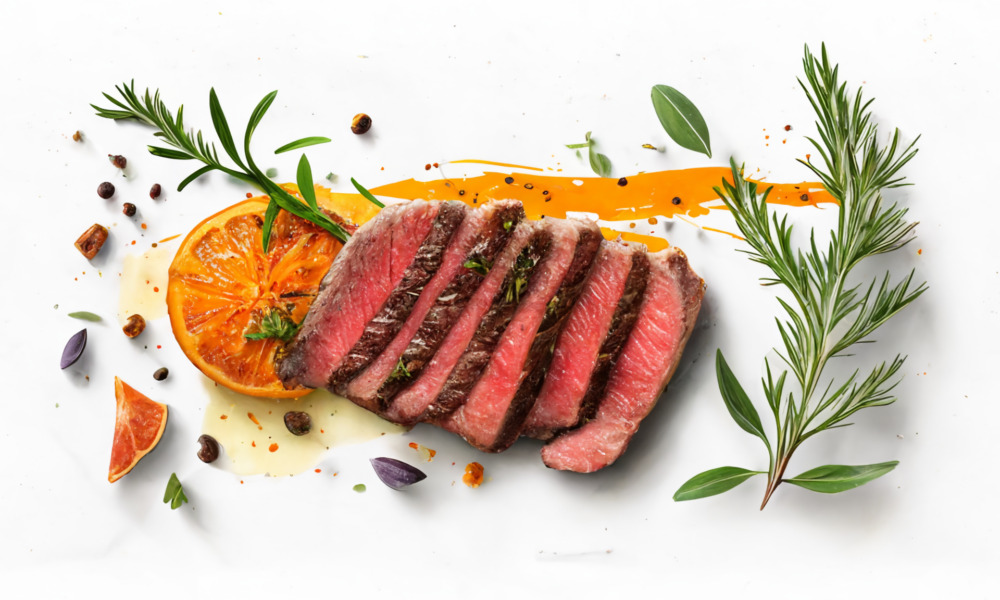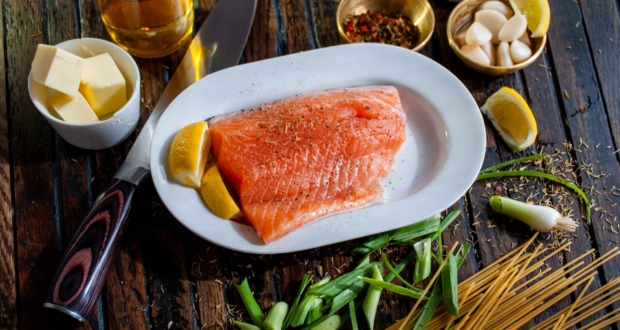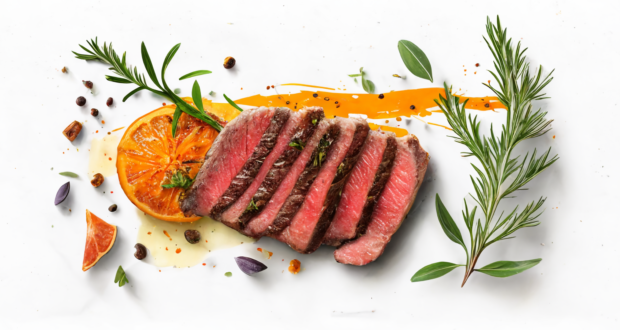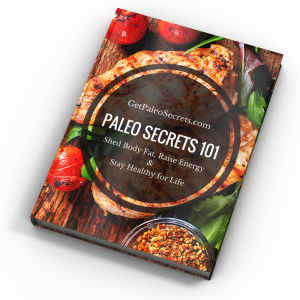The Paleo diet, also known as the Paleolithic diet or the caveman diet, is a dietary approach that aims to mimic the eating habits of our ancient ancestors. This way of eating has gained popularity in recent years due to its emphasis on whole, unprocessed foods and its potential health benefits. However, like any diet, the Paleo diet has both pros and cons. In this article, we will explore the benefits and drawbacks of the Paleo diet to help you decide whether it is the right diet for you.
The Pros of the Paleo Diet
Emphasizes Whole, Unprocessed Foods
The Paleo diet emphasizes whole, unprocessed foods such as fruits, vegetables, nuts, and meats. By eliminating processed foods, which are often high in added sugars and unhealthy fats, the Paleo diet can help improve overall health and reduce the risk of chronic diseases.
According to a study published in the Journal of Medicinal Food, “the Paleolithic diet is nutritionally superior to the traditional Western diet, with regards to macronutrient composition, micronutrient density, acid-base balance, and the macronutrient intake ratios that influence disease risk.” The study also suggests that the Paleo diet may help prevent chronic diseases such as obesity, type 2 diabetes, and heart disease.
May Improve Digestion
The Paleo diet is rich in fiber, which can help improve digestion and promote bowel regularity. By emphasizing whole, unprocessed foods, the Paleo diet can also help reduce inflammation in the gut, which is a common cause of digestive issues.
A study published in the World Journal of Gastroenterology found that a Paleo diet improved symptoms of irritable bowel syndrome (IBS) in patients who followed the diet for four weeks. The study also found that the Paleo diet reduced inflammation in the gut and improved the gut microbiome.
Can Aid in Weight Loss
The Paleo diet eliminates processed foods and emphasizes whole, nutrient-dense foods, which can help reduce calorie intake and aid in weight loss. Additionally, the Paleo diet is rich in protein, which can help increase feelings of fullness and reduce overall calorie intake.
A study published in the European Journal of Clinical Nutrition found that overweight participants who followed a Paleo diet for three weeks lost an average of 2.3 kilograms (5.1 pounds) and experienced a reduction in waist circumference. The study also found that the participants had improved insulin sensitivity, which is a marker of reduced risk for type 2 diabetes.
The Cons of the Paleo Diet
Restrictive Nature of the Diet
The Paleo diet eliminates many food groups, including grains, legumes, and dairy, which can make it difficult to follow for some individuals. The elimination of these food groups can also lead to nutrient deficiencies if the diet is not carefully planned.
According to a study published in the Journal of the Academy of Nutrition and Dietetics, “the Paleolithic diet has the potential for micronutrient deficiencies, particularly calcium, vitamin D, and folate.” The study suggests that individuals following a Paleo diet should consume fortified foods or take supplements to ensure adequate intake of these nutrients.
Can Be Expensive
The emphasis on whole, unprocessed foods in the Paleo diet can be expensive, especially for individuals on a tight budget. Grass-fed meats, organic fruits and vegetables, and wild-caught seafood are often more expensive than their conventional counterparts.
A study published in the Journal of Hunger & Environmental Nutrition found that the cost of a Paleo diet was approximately double the cost of a conventional diet. However, the study also suggests that individuals can reduce costs by purchasing in-season produce and shopping at farmers’ markets.
Difficulty with Eating Out and Social Events
Another challenge associated with following the Paleo diet is the difficulty of finding suitable options when eating out or attending social events. The diet’s emphasis on whole, unprocessed foods and avoidance of grains, legumes, and dairy can make it challenging to find menu items that comply with its guidelines. This can be especially frustrating when dining out with friends or attending events that involve shared meals.
However, with a little planning and creativity, it is possible to navigate these situations while adhering to the Paleo diet. Before attending a social event or dining out, it can be helpful to research the menu or venue ahead of time to identify Paleo-friendly options. Many restaurants now offer gluten-free or paleo options, and some even have specific Paleo menus.
Additionally, bringing a dish to share can ensure that there is at least one option that meets your dietary needs. When eating out, it is also important to communicate your dietary restrictions clearly to the server and ask for modifications to dishes as needed.
Is the Paleo Diet Right for You?
After considering the pros and cons of the paleo diet, you may be wondering if it’s the right choice for you. Here are some factors to consider:
A. Health Goals and Needs
One of the most important factors to consider when deciding if the paleo diet is right for you is your health goals and needs. Are you looking to improve a specific health condition or prevent chronic diseases? Do you want to lose weight or improve athletic performance? The paleo diet may be effective for some of these goals, but it may not be the best fit for everyone.
B. Lifestyle and Personal Preferences
Another important factor to consider is your lifestyle and personal preferences. Are you willing to commit to the strict guidelines of the paleo diet? Can you afford to buy high-quality, organic foods? Do you enjoy cooking and meal planning? These are all important considerations when deciding if the paleo diet is a good fit for you.
C. Nutritional Needs and Individual Differences
It’s important to remember that everyone has unique nutritional needs and differences. While the paleo diet may work well for some, it may not be the best choice for others. It’s important to work with a healthcare professional or registered dietitian to determine if the paleo diet is appropriate for your individual needs.
D. The Bottom Line
The paleo diet can be an effective way to improve health and prevent chronic diseases, but it’s not without its limitations and challenges. It’s important to consider the pros and cons, as well as your own health goals, lifestyle, and nutritional needs, before deciding if the paleo diet is the right choice for you.
Conclusion
Weighing the Pros and Cons of the Paleo Diet
After considering the pros and cons of the Paleo diet, it is clear that this approach to eating can have both positive and negative effects on one’s health and lifestyle. Some of the potential benefits of the Paleo diet include weight loss, improved gut health, and reduced inflammation. On the other hand, the restrictive nature of the diet can be challenging to maintain, and some individuals may experience deficiencies in certain nutrients.
Final Thoughts on the Paleo Diet
The Paleo diet is a controversial topic in the health and nutrition world, with passionate advocates and critics on both sides. Ultimately, the decision to adopt a Paleo-style eating pattern should be based on individual needs and preferences, as well as consideration of the potential benefits and drawbacks.
For those interested in trying the Paleo diet, it is essential to approach the diet with a balanced and nuanced perspective. It is also recommended to consult with a qualified healthcare professional or registered dietitian to ensure that nutritional needs are being met and to monitor for any adverse effects.
Overall, the Paleo diet can be a useful tool for promoting health and wellbeing, but it is important to remember that there is no one-size-fits-all approach to nutrition. By staying informed and making informed choices, individuals can find the approach to eating that works best for them.
key takeaways from the article:
- The Paleo diet emphasizes whole, nutrient-dense foods while avoiding processed and refined foods, grains, legumes, and dairy.
- Proponents of the diet argue that it can reduce inflammation, prevent chronic diseases, and promote weight loss and athletic performance.
- Critics of the diet argue that it is restrictive, unsustainable, and not based on an accurate understanding of human evolution and nutrition.
- The decision to try the Paleo diet should be based on individual needs and preferences, as well as consultation with a healthcare professional.
- Those who decide to try the diet should focus on incorporating a variety of nutrient-dense foods, prioritizing quality sources of protein and healthy fats, and finding ways to make the diet sustainable in the long term.
- It is also important to maintain social connections and engage in flexible eating patterns that allow for occasional indulgences and dining out.








